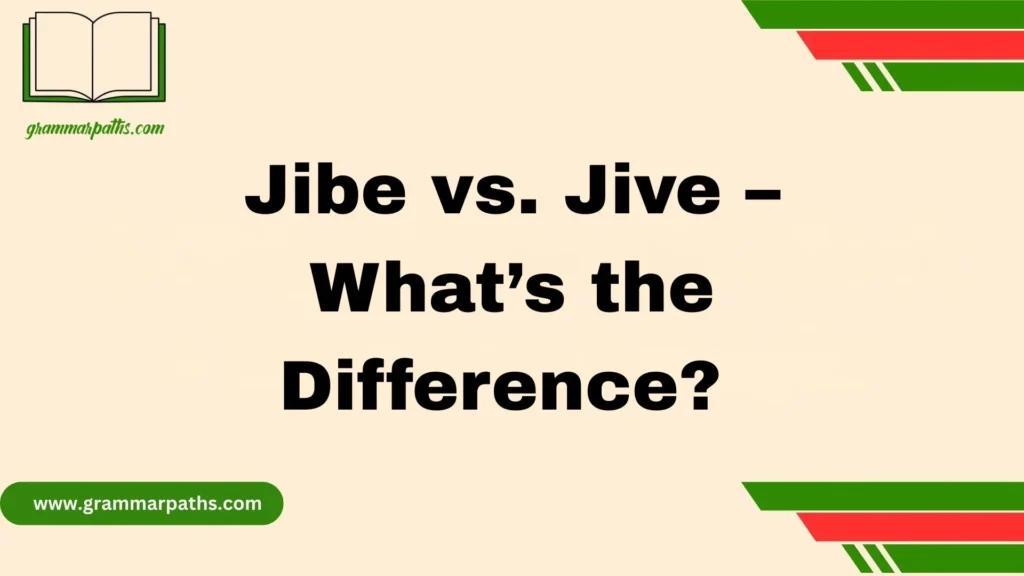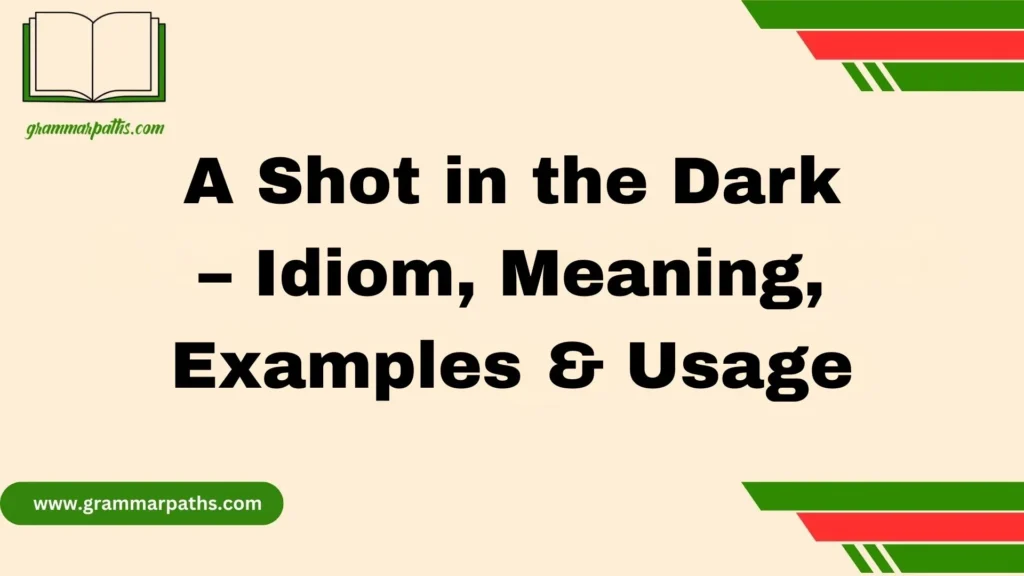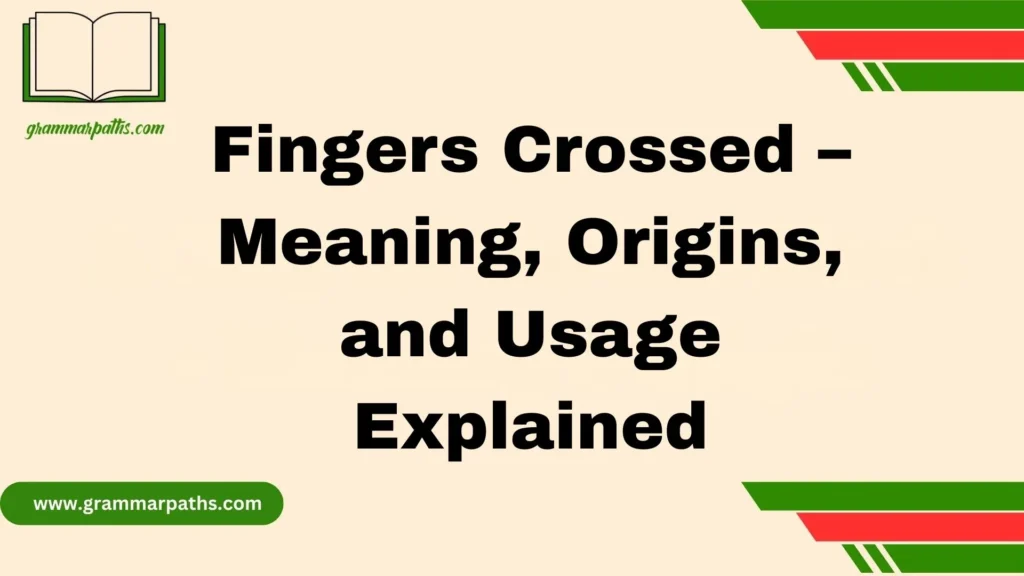A misspelled swear word might feel like a minor thing, but in writing, it can shift the tone entirely. In a world full of social media, posts, texts, and tweets, how you spell “dammit” or “damnit” tells your reader how serious you are about your writing. Whether you’re channeling a character’s frustration or making a joke, spelling these four-letter words correctly matters. The title “Dammit or Damnit? Learn How to Swear Correctly!” reflects exactly why you should pay attention—even a simple swap of letters breaks immersion if it doesn’t feel right.
When I’m working on dialogue for a gritty, casual piece of fiction, I notice how even the smallest slip can bother readers. That extra “n” in “damnit” often feels like a typo, not a stylistic choice. Inconsistent spelling ruins the flow. Swearing has rhythm, impact, and voice, and your intention must come through clearly. It’s not about just tossing a powerful tool into a scene—it’s about doing it with attitude, emotion, and personality. Knowing the rules, and applying them with accuracy, keeps your tone believable and your storytelling sharp—not amateurish or forced.
Why People Care About the Difference
Most people don’t overthink the words they say when they’re mad. But believe it or not, the difference between “dammit” and “damn it” isn’t just about spelling—it reflects a deeper shift in how language evolves in American English.
In the U.S., especially for people aged 15 to 45, this word is everywhere. You’ll see it in memes, music lyrics, tweets, and even in light-hearted sitcoms. Understanding how and when to use it isn’t just about grammar—it’s about sounding natural and expressive in modern conversation.
What’s the Actual Difference Between Dammit and Damn It?
Let’s get something straight right away:“Dammit” and “Damn it” mean the exact same thing.But they’re used in slightly different ways.
Here’s a quick breakdown:
| Phrase | Type | Common Use Case | Tone |
| Damn it | Full phrase | Writing or formal-ish speech | Slightly more formal |
| Dammit | Phonetic contraction | Texting, speech, memes | Casual, emotional |
“Damn it” is technically more correct. It’s two separate words: damn (a verb) and it (the object). But in casual American speech, most people just blend it together and say “dammit”.
Examples:
- “Damn it, I forgot the tickets!” (more deliberate)
- “Dammit! I missed the bus again!” (more emotional, spontaneous)
Where Did the Word “Damn” Even Come From?
To understand “dammit,” you have to start with “damn.”The word “damn” comes from Latin—specifically damnare, which means “to condemn.” In the Middle Ages, it was mostly a religious term used to describe someone being condemned to hell. Over time, though, it took on a more casual tone in everyday speech.
Timeline of Damn and Dammit
| Year | Development |
| 1300s | Damn enters English from French and Latin |
| 1600s | Used in religious texts to condemn sinners |
| 1800s | Common in literature as slang |
| 1900s | “Dammit” starts appearing in speech |
| Today | Widely used in media, memes, and pop culture |
What’s interesting is how “damn it” slowly evolved into “dammit” over time—thanks to the way we naturally shorten and blend words when we speak fast.
What Do Dictionaries Say?
Most major dictionaries recognize both dammit and damn it, but they don’t treat them exactly the same.
- Merriam-Webster defines dammit as an interjection used to express anger or frustration.
- Oxford Dictionary lists it as a variant spelling of “damn it,” typically used informally.
- Urban Dictionary, which focuses on slang, lists dammit with dozens of humorous and sarcastic definitions.
So while dammit might look informal, it’s totally legit—and recognized in modern American English.
Is “Dammit” a Bad Word?
Let’s be honest—swearing always brings up the question: Is this word offensive?In the case of dammit, the answer is “not really.” It’s definitely a swear word, but it’s considered mild by American standards.
Here’s how dammit compares to other expletives:
| Word | Offensiveness Level | Commonly Allowed On… |
| Darn | Not offensive | Kids’ shows, classrooms |
| Dammit | Mildly offensive | PG-13 movies, casual speech |
| Goddammit | More offensive | R-rated content, adult TV |
| F-word | Very offensive | Censored or restricted media |
Most Americans wouldn’t blink at hearing “dammit” in a conversation. But it might still be too strong for formal settings like work, school, or when talking to your grandma.
Why Americans Shorten Words Like This
One reason “dammit” is so popular is simple: it’s easier to say. American English naturally shortens and blends words:
- “Do not” becomes don’t
- “Going to” becomes gonna
- “You all” becomes y’all
Likewise, “damn it” just naturally becomes dammit when we say it out loud. That phonetic simplification makes it feel quicker, punchier, and more emotional—perfect for venting frustration.
British vs. American Swearing: How They Differ
Swear words aren’t universal. Even among English-speaking countries, profanity varies a lot.
Comparing Swears Across the Pond
| Emotion | USA Says | UK Says |
| Mild anger | Dammit | Sod it |
| Disbelief | What the hell | Bloody hell |
| Annoyance | Crap | Rubbish |
| Surprise | Damn | Blimey |
In the UK, dammit isn’t all that common. Brits tend to favor “bloody,” “bugger,” and “sod it.” American audiences, however, will find dammit to be a mainstay of casual speech.
How to Use “Dammit” in Real Life
The key to using dammit well is understanding the tone and context.
When It Works:
- Expressing frustration: “Dammit! I forgot to save my work.”
- Joking with friends: “Dammit, Jake, not again.”
- Online banter: “Dammit 😂 I wasn’t ready for that twist.”
When to Avoid It:
- In professional emails or interviews
- Around young children or strict adults
- In formal writing or public speeches
It’s not a terrible word, but it’s still better used casually.
Famous “Dammit” Moments in Pop Culture
You’ve heard it everywhere—from TV to music to memes. Some iconic examples:
- Jack Bauer in 24: “Dammit!” was practically his catchphrase.
- Blink-182’s song “Dammit” became a 90s anthem.
- The Simpsons and Friends both used it in family-friendly sitcoms—proving it’s edgy, not offensive.
Even Marvel sneaks it in. Think of characters like Tony Stark throwing out a “dammit” when things go sideways.
Why Swearing (Even Mildly) Can Be Healthy
Believe it or not, swearing can be good for your mental health. Multiple studies show that light profanity can help:
- Reduce stress
- Express emotion clearly
- Boost pain tolerance
Case Study:
In a 2009 study from Keele University, participants who swore while putting their hands in ice water lasted 40% longer than those who didn’t.
Source: Keele University Pain Study
That said, overusing words like dammit can lose their punch. Use them strategically for maximum effect.
Situations Where “Dammit” Fits Perfectly
Here are some real-life examples where dammit makes perfect sense:
- Everyday Frustration:
“Dammit! The Wi-Fi dropped again.” - Funny Reactions:
“Dammit, that cat meme got me!” - Angry Outbursts (Not Too Harsh):
“Dammit, I’ve had enough of this!” - Creative Writing or Scripts:
Dialogue in movies or novels often uses “dammit” to show emotion without crossing a line.
“Dammit” in Literature and Writing
Many authors use dammit to keep dialogue realistic and natural—especially in modern fiction.
Tips for Writers:
- Use dammit in dialogue to show character personality.
- Avoid using it in narrative unless writing in first-person.
- Save stronger swears (if needed) for key emotional moments.
Example from fiction:
“Dammit,” she muttered, kicking the flat tire.
How “Dammit” Compares to Other Swears
Here’s how dammit stacks up against other expressions of anger:
| Word | Meaning | Offensive? | Tone |
| Dammit | Frustration | Mild | Casual |
| Goddammit | Stronger anger | Medium | Intense |
| Darn it | Safe version | Not at all | Lighthearted |
| Frick | Slang version | Not at all | Playful |
People often choose dammit because it’s strong enough to express feeling, but not so strong that it offends others.
Conclusion
Swearing, when used with care and precision, can add emotional depth, tone, and personality to your writing—whether it’s in a tweet, a gritty fiction piece, or an intense dialogue-heavy scene. Getting the spelling right, like choosing “dammit” over “damnit,” isn’t just about grammar—it’s about maintaining flow, honoring the intention, and respecting your audience. Even the harshest curse can lose its impact if it looks like a typo. So next time you feel the urge to throw in a four-letter word, make sure it’s spelled with purpose.
FAQs
What’s the correct spelling: dammit or damnit?
The correct spelling is dammit. It’s a shortening of “damn it.” While damnit is commonly seen, it’s not the standard form and can look like a typo.
Why does spelling matter in swearing?
Spelling affects the rhythm, impact, and voice of your expression. A wrong letter—like the “n” in damnit—can disrupt the tone or feel like a misfire in serious or stylized writing.
Can I use damnit in informal writing or texts?
You can, but know your audience. In informal settings like texts or tweets, it might pass. However, dammit is still the version that shows you know the rules and care about language.
Does using swear words weaken your writing?
Not at all—if used correctly. Swear words add emotion, attitude, and grit, but should align with the structure and intention of your work. Overuse or misspelling can make it feel forced or amateurish.
Where should I avoid using dammit?
Avoid dammit in formal documents or communication—like academic essays, business emails, or professional reports. It’s best suited for fiction, dialogue, or casual content where tone matters.

Emma Brooke is a passionate language expert and contributor at GrammarPaths.com, where she helps learners navigate the complexities of English grammar, idioms, and effective writing. With a strong academic background and years of teaching experience, Emma excels at turning tricky grammar rules into simple, practical lessons that readers can easily grasp.












